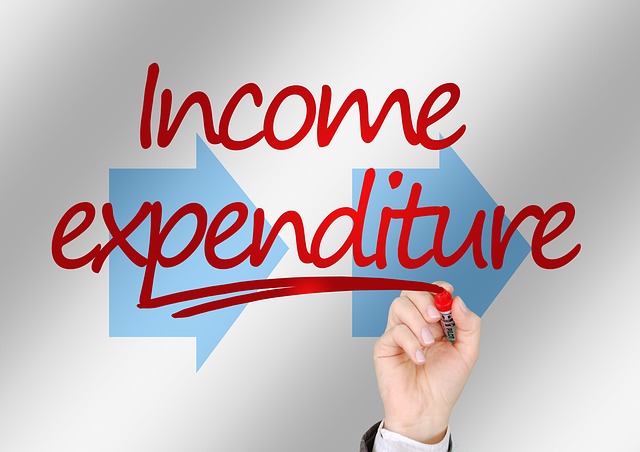
Capital and Revenue Expenditure and Receipt
Capital Expenditure and
Revenue Expenditure
Capital Expenditure:
All those expenses that are associated with the purchasing of non-current assets, including the purchase price of non-current assets. All those expenses incurred in bringing the asset into the usable condition are capital expenditures. All those expenses incurred in bringing the asset to its present location and condition are capital expenditures. All those expenses that increase the life of non-current assets or enhances the performance of non-current assets are capital expenditures. All expenses incurred on non-current assets till the asset is available for use the very first time are also capital expenditures.
Capital expenditure will appear as non-current assets in the balance sheet of a business, hence shall not be charged as expenses in the year of purchase as they benefit the business for several years. The value of non- current assets often decreases because of depreciation. This cost will be matched against the annual revenue, which the non-current asset has helped the business to earn.
Revenue Expenditures:
All those expenses that are associated to day to day running cost of the business without which it is practically impossible to run the business. For example, Purchase of goods, repair and maintenance, rent, utility bills, wages and salaries, depreciation (loss in the value of non-current assets), and so on.
If both expenditures are treated incorrectly, the profit for the year will be inaccurate, and the balance sheet will be incorrect. Supposedly, if repairs to a machine were treated as an improvement to that machine, the expenses in the income statement would be understated, so the profit for the year would be overstated. In the balance sheet, the non-current assets would be overstated, and the capital would be overstated as well because of inaccurate profit for the year.
Capital Receipts and
Revenue Receipts
Capital Receipts:
All those things that a business receives that cannot be considered as incomes or revenue, such as amount received from the sale of non-current assets or amounts received because of loans.
If a profit or loss is made on the sale of a non-current asset, then this will be included in the income statement of the year in which the asset was sold.
Revenue Receipts:
Are the major source of income for the business, they are the revenues of the business and hence fall under the revenue category of ALCER.
